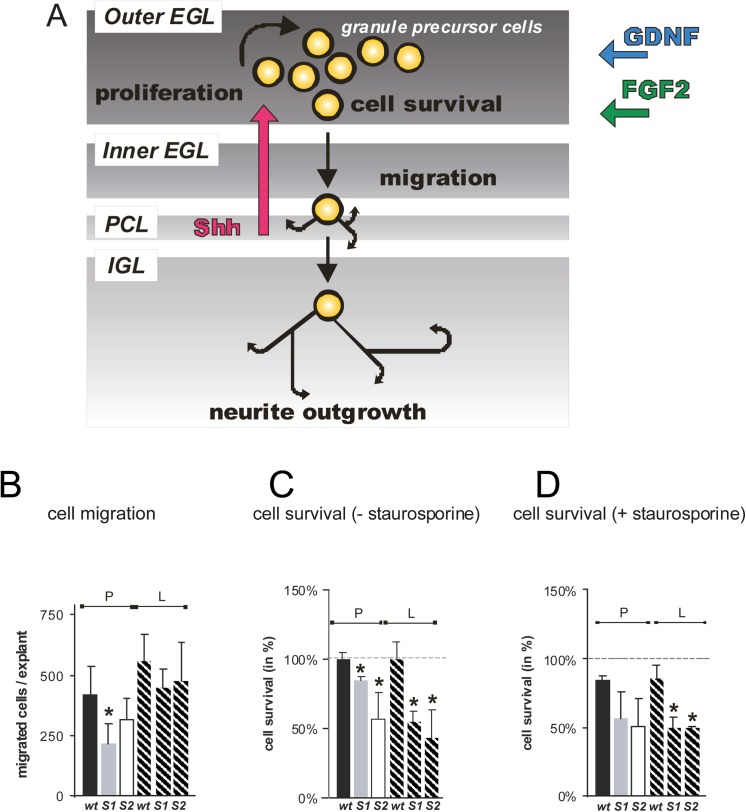Fig 1. Sulf deficiency impairs the postnatal development of the cerebellum.
| (A) The postnatal cerebellar development is mainly characterized by proliferation, migration and neurite outgrowth of granule precursor cells[1,2]. The coordination and regulation of these processes involve growth factors such as Shh, FGF2, NGF and GDNF in the local environment of these precursor neurons (for details see Introduction). (B) Poly-L-lysine dependent migration of Sulf1 deficient cerebellar granule cells is reduced. Cerebellar microexplant cultures from wildtype (wt), Sulf1 (S1) or Sulf2 (S2) deficient mice were plated onto glass cover slips coated with PLL (P, filled bars) or a combination of PLL and laminin (L, hatched bars). Explants were fixed, stained with DAPI and migration of cerebellar granule cells quantitated as described in Experimental Procedures. The asterisk indicates a statistically significant difference of Sulf deficient neurons as compared to wildtype cells (* p < 0.05). (C, D) Sulf1 and Sulf2 deficient cerebellar neurons show significant reduction of cell survival. Cerebellar neurons from wildtype (wt), Sulf1 (S1) and Sulf2 (S2) deficient mice were plated as single cell suspensions onto PLL coated cover slips (P, filled bars) or cover slips coated with a combination of PLL and laminin (L, hatched bars). For cells shown in D, 44 hours after plating 500 nM staurosporine was added to the medium to induce cell death. The cells were cultured for additional 4 h with (D) or without (C) staurosporine before cell death was determined by counting calcein versus propidium iodide positive cells of five independent experiments. Cell survival of wildtype cells cultured without staurosporine was set to 100%. Asterisks indicate a statistically significant difference of Sulf deficient neurons as compared to wildtype cells (* p < 0.05).

